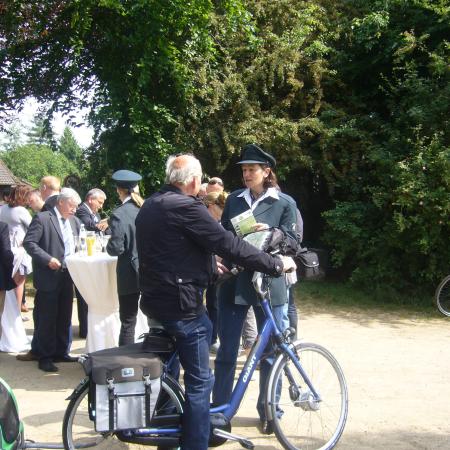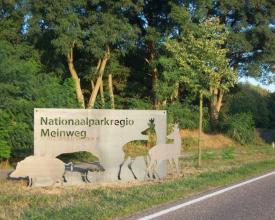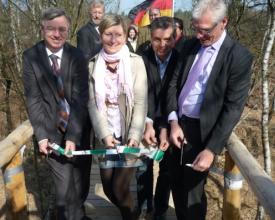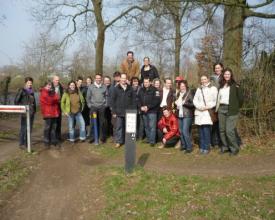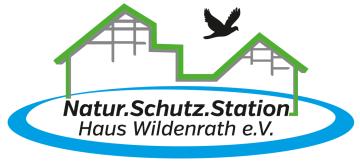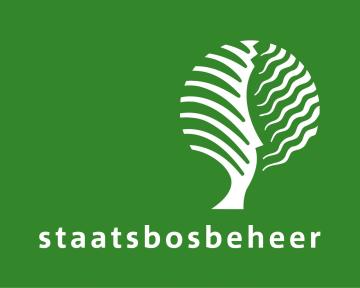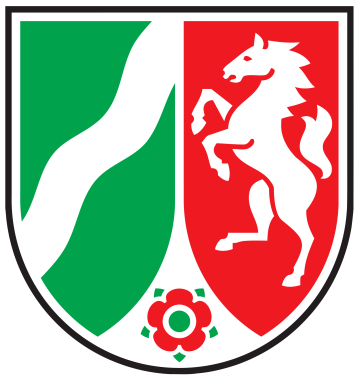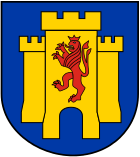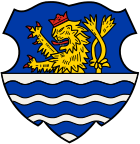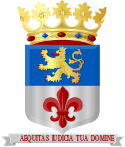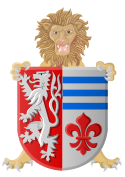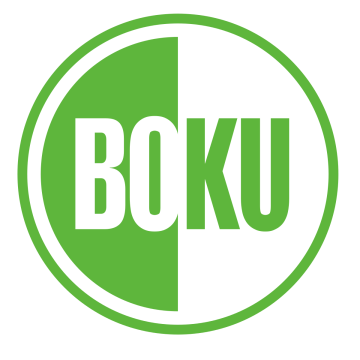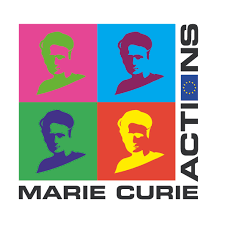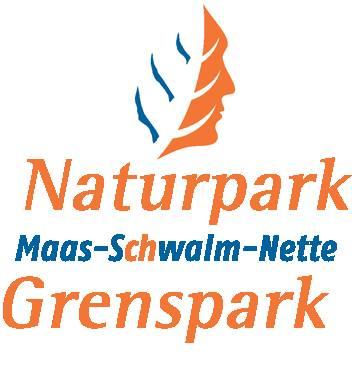
Développement naturel coordonné transfrontalier et extension des parcs nationaux
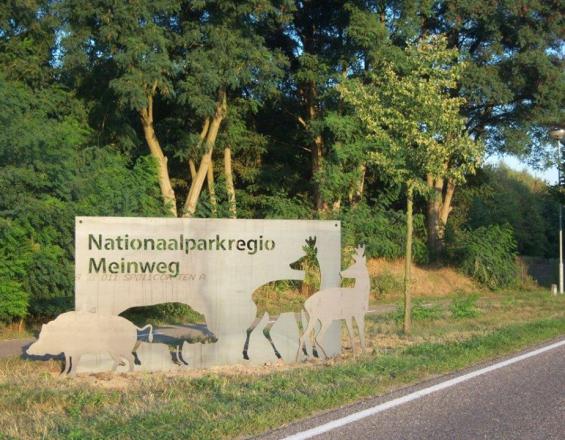
Le projet se concentre sur les zones protégées le long de la frontière germano-néerlandaise entre les municipalités de Roermond, Roerdalen (NL), Wassenberg et Wegberg (D). L'objectif du projet était de développer une région commune de parcs nationaux et de mettre en évidence son histoire commune et son importance actuelle. Il permet l'amélioration transfrontalière de la qualité de la nature et du paysage en reliant et en valorisant les habitats. Un accord sur le zonage commun et un concept de tourisme durable ont été développés.
Contexte
Défis à relever
Emplacement
Traiter
Résumé du processus
Blocs de construction
Groupe de travail transfrontalier pour la conservation de la nature
Facteurs favorables
Leçon apprise
Transfert du zonage d'un parc national entre deux pays
Facteurs favorables
Leçon apprise
Mesures transfrontalières coordonnées pour améliorer et relier les biotopes
Facteurs favorables
Leçon apprise
Tourisme durable transfrontalier
Facteurs favorables
Leçon apprise
Impacts
Le projet comprenait des mesures pour une coopération plus diversifiée et améliorée à travers la frontière NL-DE, l'extension des zones récréatives du parc national, la gestion coordonnée de l'habitat et la promotion du tourisme durable. Parmi les impacts particuliers, on peut citer 1) l'établissement de réseaux de bénévoles et d'organisations de parties prenantes axées sur la nature, la sylviculture et le tourisme, qui fournissent une base pour une conservation coordonnée à grande échelle ; 2) le renforcement de la coopération entre les municipalités frontalières, qui permet une coopération plus poussée avec le TB pour une amélioration de la situation écologique et économique ; 3) l'amélioration de l'intégrité de l'écosystème grâce à une restauration et à une amélioration importantes de l'habitat, et 4) l'amélioration de l'infrastructure touristique, qui a augmenté la reconnaissance du nom de la zone du TB et soutient ainsi l'industrie touristique locale et ses parties prenantes. L'amélioration de la coopération, le renforcement des réseaux de lutte contre la tuberculose et le zonage commun des parcs nationaux peuvent servir de base à d'autres mesures de conservation de la nature dans la région de la tuberculose.
Bénéficiaires
Objectifs de développement durable
Histoire
